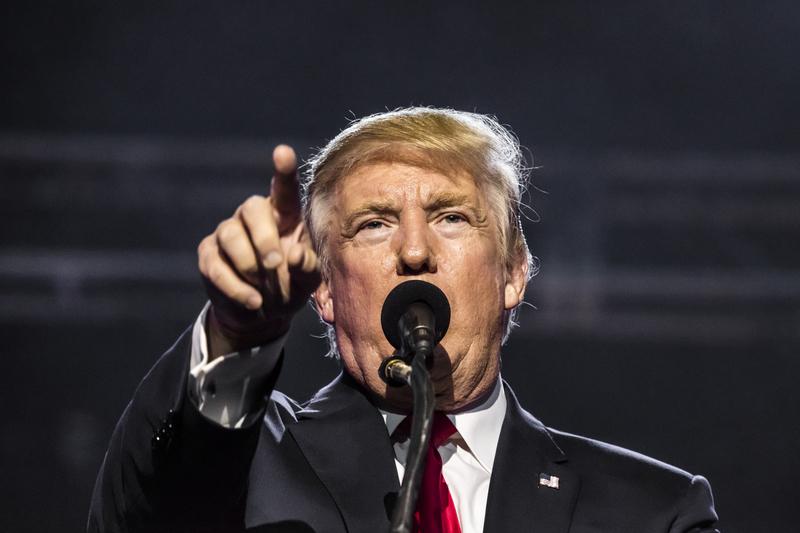In his statement on Tuesday, October 15, 2024, Former President Donald Trump failed to promise to encourage a peaceful transfer of power if he doesn’t win in the forthcoming presidential elections.
While addressing the Economic Club of Chicago, Illinois, Trump was asked by Bloomberg Editor-in-Chief John Micklethwait about his commitment to a peaceful transition of power, making reference to the Capitol riot that occurred on January 6, 2021. Trump responded in a non-committal manner.
Trump chose to sidestep the question about his willingness to respect the election results and support a smooth transition of power. Instead, he disparaged Micklethwait, labeling him as “a man that has not been a big Trump fan over the years.” Trump counterclaimed that there had been a peaceful transfer of power, citing a comparison with Venezuela. However, Micklethwait refuted Trump’s assertion, stating, “It was by far the worst transfer of power for a long time.”
Trump’s description of the January 6 event severely contradicts numerous reports. He downplayed the size of the mob and characterized the crowd as “perfectly behaved,” maintaining that “It was love and peace.” Trump’s claim that protesters were allowed into the Capitol by law enforcement is a highly contested perspective.
Despite recognizing the crowd’s discontent with the election results, Trump insisted that the protesters were “relatively small” in number, estimating about “500-700 people.” He argued that “Nobody was killed, except for Ashli Babbitt,” glossing over the fact that several other deaths were associated with the riot and more than 1,400 individuals have since been federally charged.
There remains a haze of controversy surrounding the incident, causing ongoing debate between Trump’s critics and supporters. Despite receiving intelligence warnings regarding potential violence on January 6, the Capitol Police were critically unprepared for the magnitude of the assault. Inquiries conducted by the Senate and internal reports demonstrate significant intelligence gathering and sharing failures within the Capitol Police, contributing to their ill-preparedness.
Further complicating the issue, the Capitol Police’s response was hindered by the protracted deployment of the National Guard due to bureaucratic procedures and miscommunication across multiple agencies.
Compelling video evidence has surfaced showing some officers seemingly guiding protestors through Capitol corridors, and even fist-bumping one protestor. This raises serious concerns about the level of law enforcement’s participation on that day.
The combination of these factors continues to fuel heated debates about the preparedness and response of officials in Washington during the January 6 Capitol attack. This issue remains a critical talking point in the 2024 presidential election.


